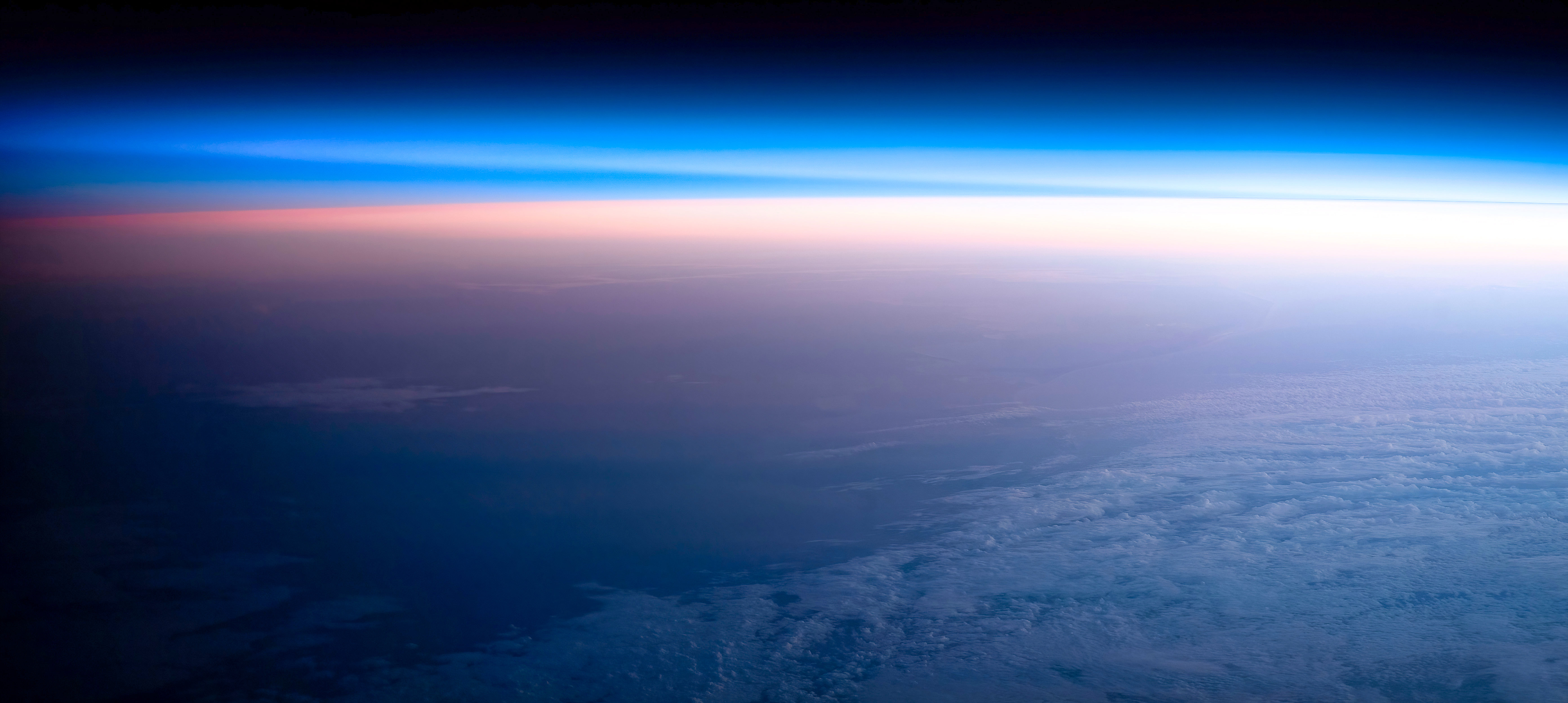Flight altitude determines climate impact of hypersonic aircraft
Researchers at the German Aerospace Centre DLR, TU Delft and the Université Paris-Saclay have found that the climate impact of hypersonic aircraft flying on liquid hydrogen at 25 and 35 km altitude is at least 10 to 20 times worse than that of a regular subsonic aircraft at around 10 km altitude serving the same routes and number of passengers. This is due to the accumulation of water vapour in the stratosphere. Water vapour is an important non-CO2 greenhouse gas that is emitted when liquid hydrogen is burned in a combustion engine. The research shows that the higher in the atmosphere you fly on liquid hydrogen, the greater the climate effect of the water vapour is. Their research paper in the journal Atmospheric Chemistry and Physics was selected as a highlight by the journal. It’s available open access: Pletzer, J., Hauglustaine, D., Cohen, Y., Jöckel, P., and Grewe, V., The climate impact of hydrogen-powered hypersonic transport, Atmos. Chem. Phys. 22, 14323-14354, 2022.
Hypersonic flight
For the aviation industry flying to the other side of the world in just a few hours is – still – an interesting business opportunity. Several aircraft manufacturers and research organisations are currently working on innovative new supersonic and hypersonic ‘Concordes’ that fly faster than the speed of sound. As the industry is also working hard on making aviation more sustainable, the question arises: what is the climate impact of these high-speed aircraft, even when flying on liquid hydrogen, a promising sustainable aircraft fuel?
Researchers at the German Aerospace Centre DLR, the faculty of Aerospace Engineering at Delft University of Technology and the Université Paris-Saclay examined the climate impact of two different hypersonic aircraft designs, ZEHST and LAPCAT. Both concepts use – sustainably produced - liquid hydrogen as fuel. The aircraft speed is Mach 5 (~6000 km/h) resp. Mach 8 (~9500 km/h) and the cruise altitude is 25 resp. 35 km, i.e. in the stratosphere, far above daily weather, while emitting about 18 resp. 21 Tg of water vapour per year at this altitude (1 Tg = 1 Mega-ton).
Hypersonic, supersonic and subsonic flight
- Subsonic aircraft fly at speeds below Mach 1, the speed of sound. These are today’s regular aircraft.
- Supersonic aircraft fly at speeds between Mach 1.2 and Mach 5. Examples are Concorde and the new design Overture.
- Hypersonic aircraft fly faster than Mach 5 (~6000 km/h). Examples are ZEHST and LAPCAT.
The damaging effects of water vapour
The researchers used two different climate-chemistry models to investigate the effect of these water vapour emissions on the atmosphere. It shows that the dry stratosphere becomes significantly more humid due to the emissions from these aircraft and that the accumulation of water vapour is significantly higher at higher altitudes. Professor of the Climate Effects of Aviation at TU Delft and senior scientist at DLR, Volker Grewe, is one of the authors: “These results are startling. At these altitudes water vapour is subject to fast photochemical depletion and accumulation should be low. The models do confirm this depletion, but the recombination of the loss products leads to water vapour again, and at the same time an increase in methane oxidation is found, which also leads to the production of water vapour. These chemical processes overcompensate the original photochemical water vapour depletion at these high altitudes. Our detailed investigation has shown that the climate impact is at least about 10 to 20 times higher than that of a representative subsonic aircraft.”
Non-CO2 climate effects
The research clearly shows that flying on the potentially sustainable liquid hydrogen will not make hypersonic aircraft flying in the stratosphere climate neutral. This is due to the non-CO2 climate effect of water vapour accumulations. The flight altitude is a crucial factor for water vapour accumulation: the higher you fly on liquid hydrogen, the greater the negative climate impact. The research was carried out as part of the EU projects STRATOFLY and MORE&LESS.
More information
Publication
The research paper is available open access: Pletzer, J., Hauglustaine, D., Cohen, Y., Jöckel, P., and Grewe, V., The climate impact of hydrogen-powered hypersonic transport, Atmos. Chem. Phys. 22, 14323-14354, 2022.
EU programmes
The research was carried out as part of the EU projects STRATOFLY and MORE&LESS.
Contact
Prof.Dr. Volker Grewe, Professor Climate Effects of Aviation, TU Delft and Senior Scientist at the German Aerospace Center DLR: volker.grewe@dlr.de
Press officer Ineke Boneschansker, +31 (0) 15 278 5361, i.boneschansker@tudelft.nl.

